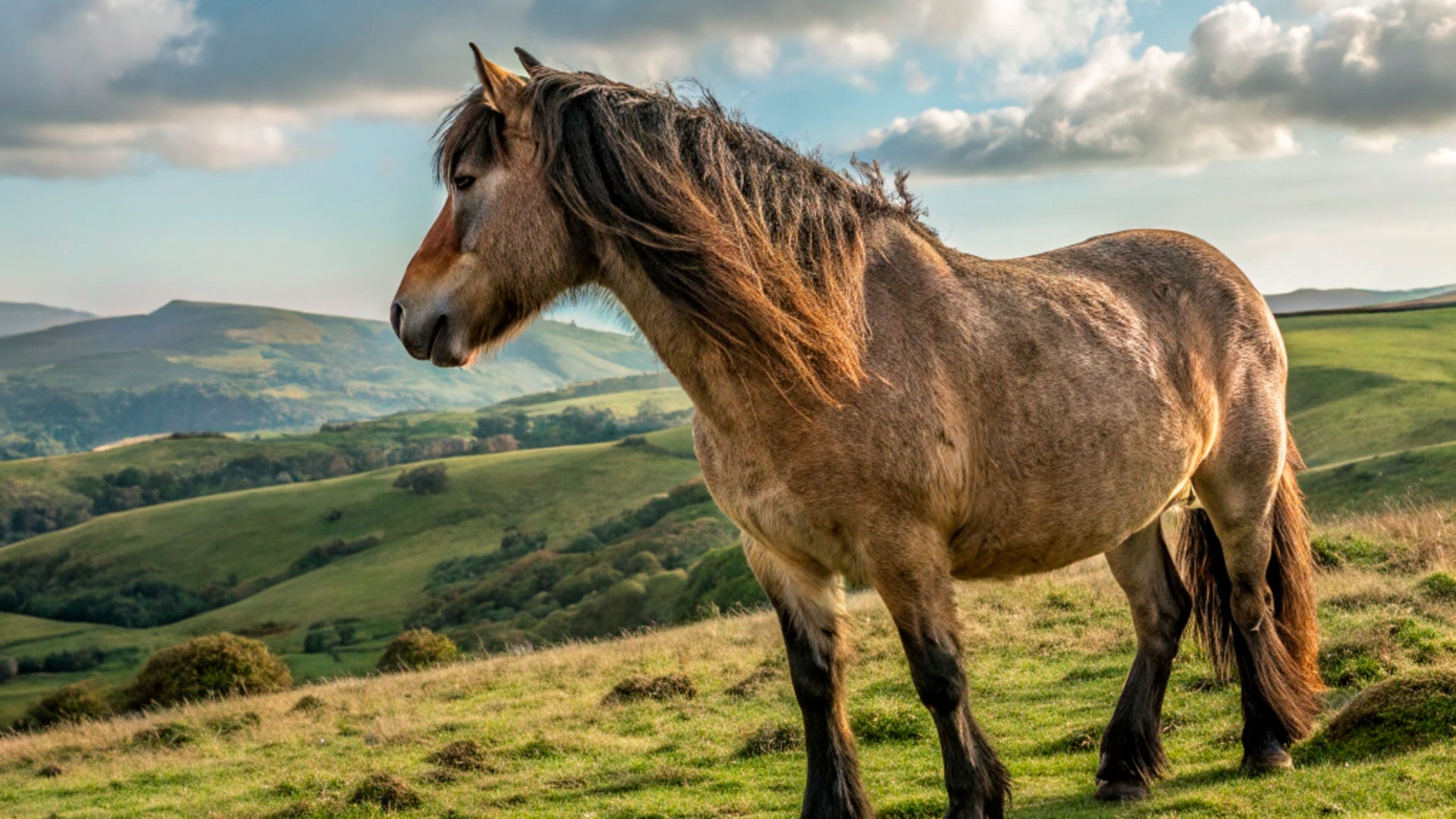
What is Horse Conformation and How to Correct It?
The conformation in horses refers to the alignment of the horse's limbs in relation to the ground and the animal's body. Good alignment or conformation means that the horse's legs are properly aligned, allowing for an even distribution of weight and reducing the risk of injury or long-term health problems.
A horse with poor conformation may develop issues in the joints, tendons, and ligaments, affecting its ability to move properly and, in the worst case, limiting its performance in activities such as riding or racing.
Types of conformation in horses
There are different types of conformation in horses, and each has specific implications for the animal's health and performance:
- Correct conformation: The limbs are correctly aligned, facilitating natural and efficient movement.
- Narrow conformation: The front or rear legs are closer together than normal. This can cause the horse to move uncomfortably and may lead to uneven wear on the hooves.
- Wide conformation: The legs are too far apart, which can overload the joints and muscles.
- Forward conformation (campanology): The horse places its feet further forward, which can cause tendon issues.
- Backward conformation: Characterized by the front or rear legs being too far back, putting additional strain on the limbs.
How to assess the conformation of a horse?
To identify a horse's alignment, it is recommended to perform a visual inspection and observe its movement. Follow these steps:
- Static observation: Place the horse on a flat surface and observe it from different angles (front, back, and side). The legs should be properly aligned from the shoulders to the hooves.
- Observation in motion: While the horse walks or trots, pay attention to how it moves its legs. Horses with poor conformation often have an irregular gait or balance issues.
It is important to note that conformation assessments should be done by a trained professional, such as a veterinarian or farrier, who can diagnose potential problems.
How to correct conformation issues in horses?
Correcting conformation issues is essential to prevent serious health problems. Here are some ways to correct them:
- Corrective horseshoes: Using special horseshoes can help improve the alignment of the limbs. These horseshoes are designed according to the type of alignment and the horse's needs.
- Exercise and physiotherapy: In some cases, specific exercises can help strengthen the muscles and tendons, contributing to better alignment.
- Veterinary care: Veterinarians specializing in horses can recommend more specific treatments or interventions depending on the problem. In some cases, the use of splints or more advanced treatments may be necessary.
- Care from birth: Prevention is key. Foals should receive attention from their first months to ensure they develop good conformation from the beginning.
Regular hoof maintenance, done by an expert farrier, is also essential to prevent and correct long-term conformation problems.
Conformation in horses is a vital aspect of their welfare and performance. Identifying and correcting these issues in time can prevent serious injuries and improve the horse's quality of life. If you suspect your horse may have such a problem, it is essential to consult a specialist.












_v2.svg)
_v2.svg)









_v2.svg)


